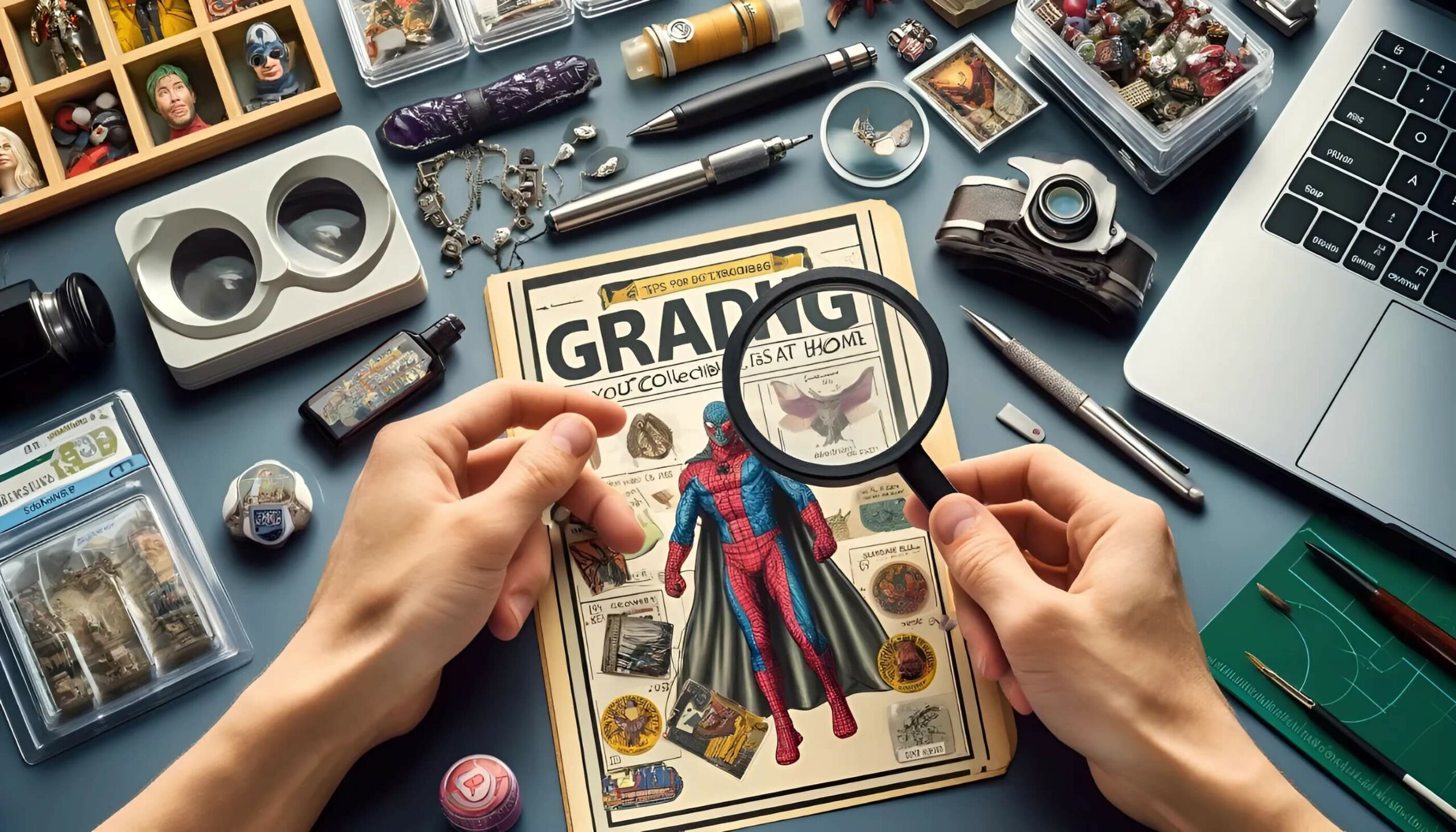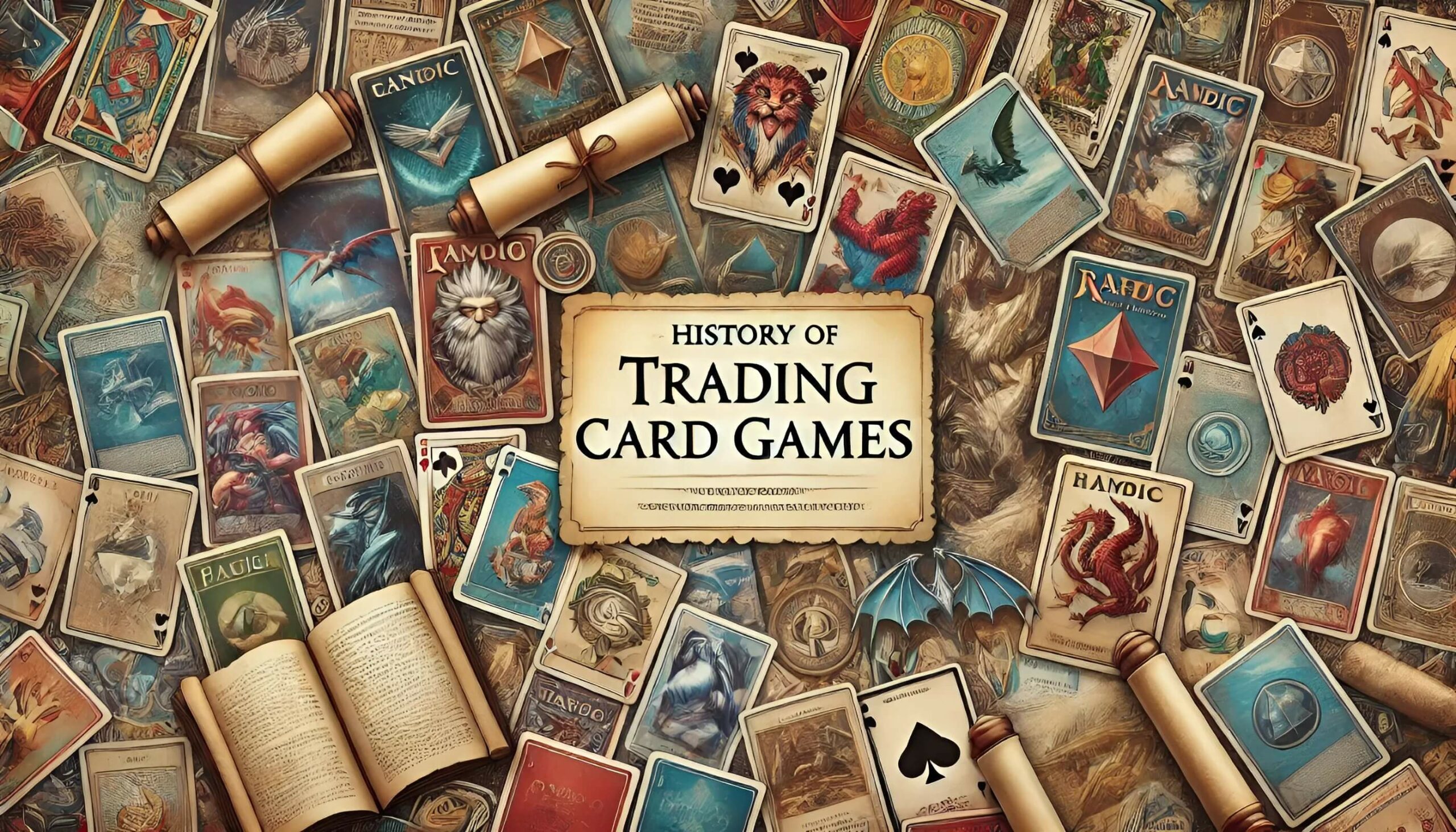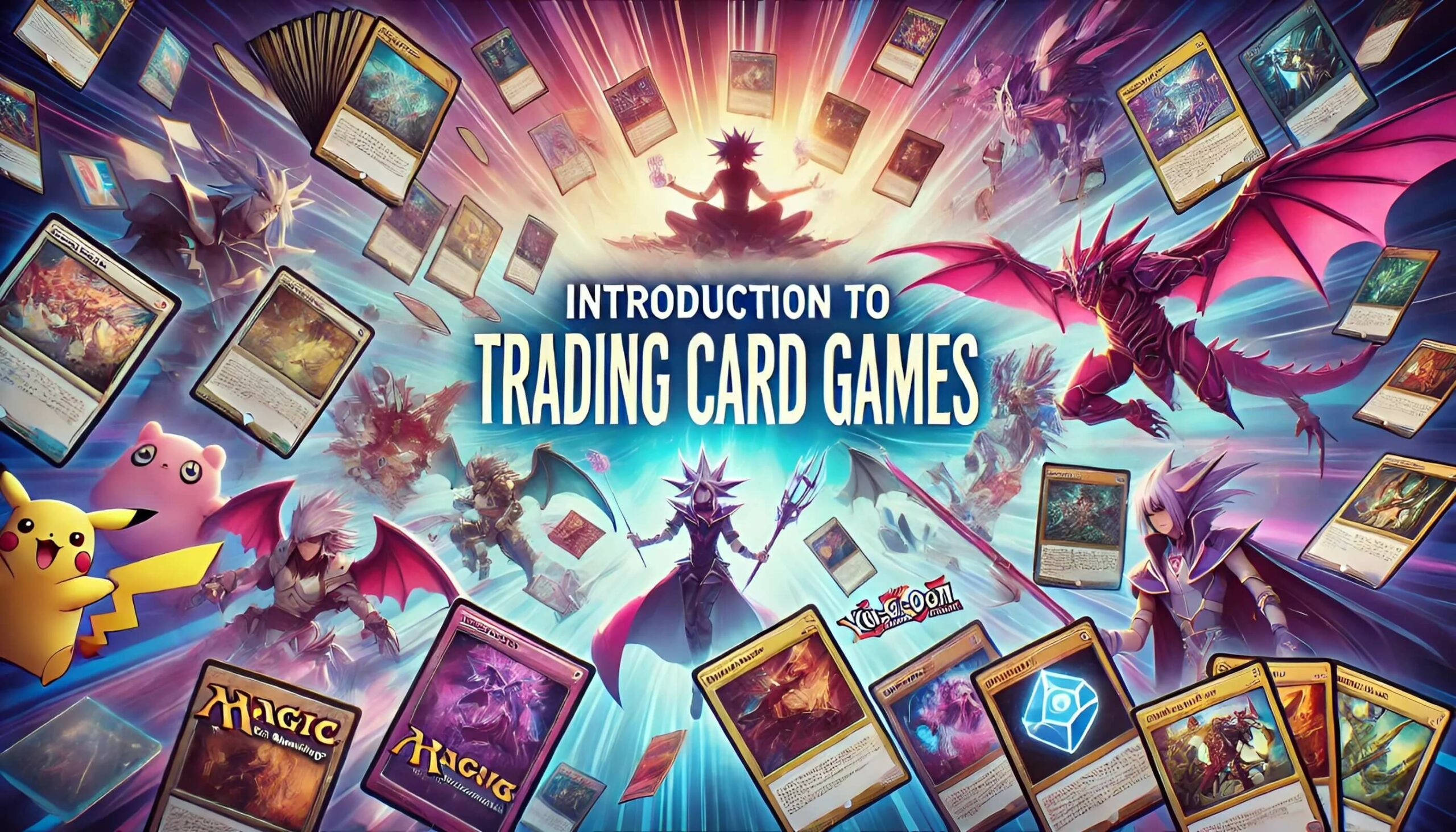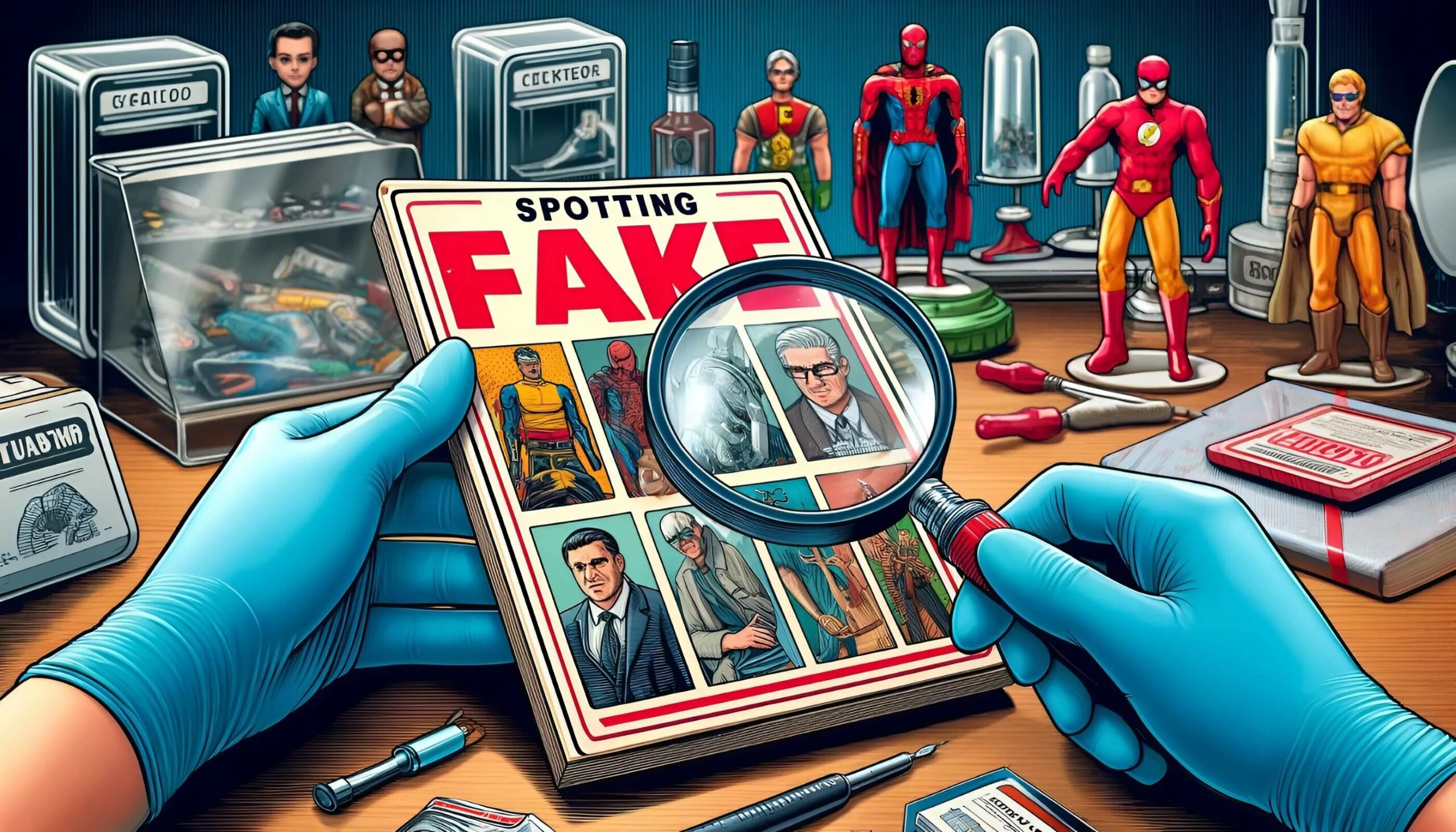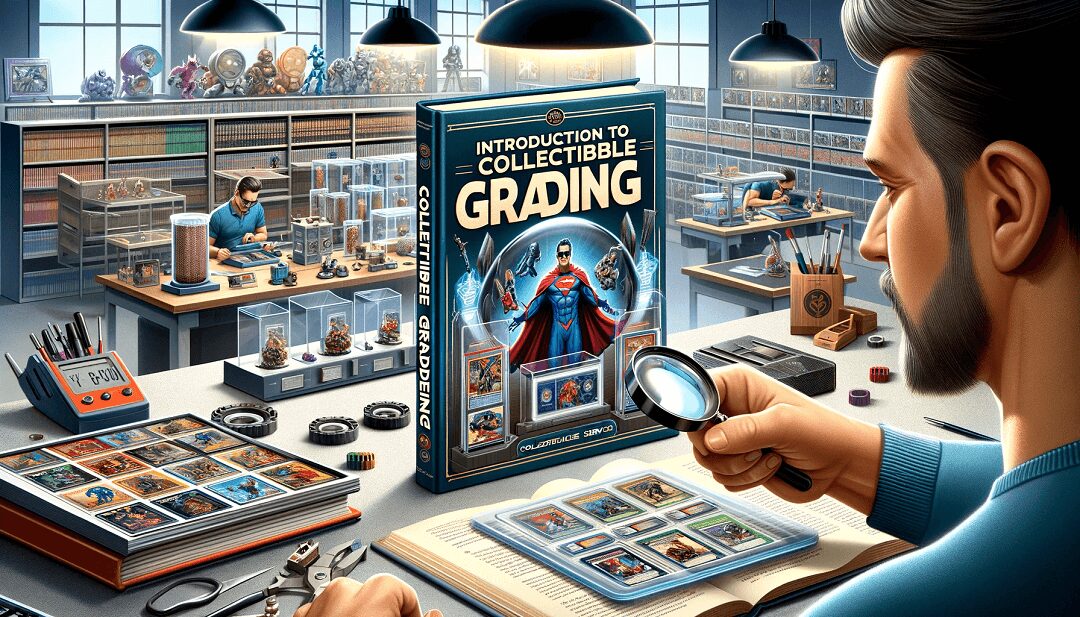Grading collectibles at home can be fun and help you understand their value. While it’s best to get high-value items graded by professionals, you can learn a lot by doing it yourself. Follow these tips to grade your collectibles accurately and confidently.
1. Gather the Right Tools
You need the right tools to grade your collectibles well. Here’s what you’ll need:
- Magnifying Glass or Loupe: A magnifying glass or loupe helps you see small details. Check out this magnifying glass.
- Soft Cloth and Gloves: Use a soft cloth to clean your items and wear gloves to avoid getting oils from your hands on them. Try these gloves.
- Rulers and Measuring Tools: Make sure your items meet size standards and check for centering in trading cards. A ruler set can be helpful.
- Protective Sleeves and Cases: Use sleeves and cases to protect your items. These card sleeves are great for trading cards.
2. Understand Grading Criteria
Different collectibles have different grading criteria. Here are some basics:
- Comic Books: Look for issues like spine ticks, color breaks, and page discoloration. Use comic book bags and boards to protect them.
- Trading Cards: Check centering, corners, edges, and surface condition. Card Saver I protectors can help.
- Action Figures: Look at the packaging, paint quality, and if all parts are there. Acrylic display cases are good for display.
3. Create a Grading Checklist
Make a checklist based on the grading criteria. Here’s an example for trading cards:
- Centering: Is the card well-centered?
- Corners: Are the corners sharp and free from bends?
- Edges: Are the edges smooth and free from chips?
- Surface: Is the surface clean and free from scratches?
4. Inspect Carefully
Use your tools to inspect each part of the collectible. Work in a well-lit area so you don’t miss any details. Take your time and be thorough.
5. Document Your Findings
Write down your grading notes and take photos of each item. This can help you keep track of your collection and its condition.
6. Compare with Professionally Graded Items
If you have professionally graded items, use them as a reference. Comparing your items with professionally graded ones helps you understand the grading standards better.
7. Handle with Care
Always handle your collectibles carefully. Wear gloves to prevent oils and dirt from getting on them, and avoid touching them too much. Place them in protective sleeves or cases right after grading to keep them safe.
8. Stay Updated
Grading standards can change, so stay informed by reading industry news and joining collector forums. The more you know, the better you’ll be at grading.
9. Practice Regularly
Grading gets easier with practice. Regularly grade items in your collection to improve your skills. The more you practice, the better you’ll get.
10. Know When to Seek Professional Help
While home grading is useful, sometimes you need a professional, especially for valuable or rare items. Professionals have advanced tools and lots of experience.
Conclusion
Grading your collectibles at home can be an enjoyable and educational experience. By following these tips and using the right tools, you can effectively assess the condition and value of your collection. Remember, while home grading is beneficial, professional grading provides a level of authentication and protection that is invaluable for high-value items.
